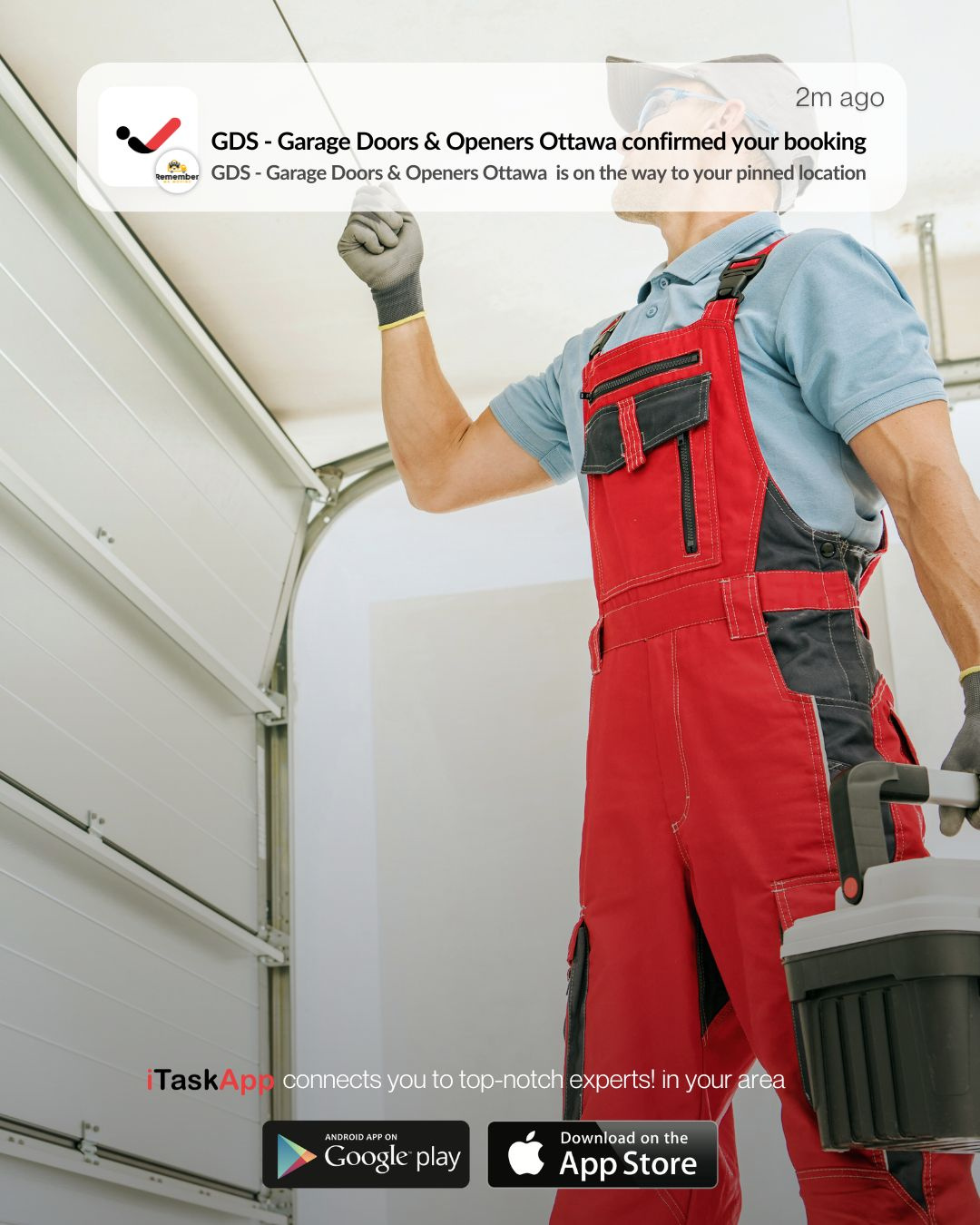Quick Fixes for Running Toilets: How to Save Water and Money
Quick Fixes for Running Toilets: How to Save Water and Money

A running toilet may not seem like a big problem, but it can waste a surprising amount of water every day. In fact, a constantly running toilet can waste hundreds of litres daily, which adds up on your water bill. Many homeowners ignore the problem or think they need a plumber right away. However, most running toilet issues are easy to fix with a few simple steps. Understanding how toilets work and learning a few tricks can help you take control and avoid unnecessary expenses.
Fixing a running toilet is not only good for your wallet, but it also helps conserve water. Whether you’re trying to lower your utility bills or make your home more environmentally friendly, learning basic toilet repairs is a smart move. This article will guide you through quick and easy solutions for a running toilet, using plain language that anyone can understand. No special tools or plumbing experience are needed—just a little time and patience.
Why Is Your Toilet Running?
Toilets work by using a tank that holds water, which is released during a flush. Once flushed, the tank refills and the flow stops when it reaches a certain level. When your toilet keeps running, it usually means something in this system isn’t working right. The three most common causes are a worn-out flapper, a high float level, or a faulty fill valve. All of these problems can lead to water constantly leaking into the bowl.
A running toilet often makes a hissing or dripping sound, which is your first clue that water is moving when it shouldn’t be. You might also notice that the toilet keeps refilling without being flushed. If left alone, this ongoing leak can lead to a spike in your water usage. Checking your toilet as soon as you notice signs of trouble can prevent waste and damage to your bathroom flooring from unseen leaks.
Check the Flapper First
The most common reason toilets run is a worn or misaligned flapper. The flapper is a rubber part at the bottom of the tank that lifts when you flush and seals the tank afterward. Over time, it can get old, dirty, or warped, preventing it from sealing properly. If the flapper doesn't seal the hole tightly, water will continue leaking into the bowl.
To check the flapper, remove the tank lid and flush the toilet. Watch how the flapper behaves. If it doesn’t fall into place or if it looks cracked or stiff, it likely needs to be replaced. Replacing a toilet flapper is simple and affordable. You can buy one at any hardware store, and many come with instructions. Be sure to turn off the water supply before removing the old one.
Adjust the Float Level
The float inside your toilet tank controls how much water fills up after a flush. If the float is too high, water will rise above the overflow tube and continue to run. This leads to both noise and wasted water. To fix it, all you need to do is adjust the float level.
There are two common types of floats: a ball float and a cup float. If you have a ball float attached to a long arm, gently bend the arm downward to lower the float. If you have a cup float that moves along a vertical rod, look for a small clip or screw to adjust its height. Lowering the float just a little bit is usually enough to stop the water from going into the overflow tube.
Replace the Fill Valve If Needed
If the flapper and float are working fine but the toilet is still running, the fill valve might be to blame. The fill valve lets water into the tank and shuts off once it reaches the correct level. When it’s broken or worn out, it may not shut off properly. This causes water to constantly flow into the tank and out the overflow tube.
To test the fill valve, flush the toilet and listen. If you hear a continuous sound of running water, or if the tank never fills completely, the valve may need replacing. Modern fill valves are easy to install and come with clear instructions. Turn off the water supply, flush the toilet to empty the tank, and then remove the old valve. Install the new one, reconnect the water, and check for leaks.
Clean the Tank Components
Sometimes, a running toilet is caused by dirt or buildup inside the tank. Hard water deposits, mineral build-up, and even small bits of debris can block seals or prevent moving parts from working smoothly. Cleaning the tank is a helpful maintenance task that can extend the life of your toilet parts.
To clean the tank, shut off the water supply and flush the toilet to empty it. Use a sponge or towel to soak up any remaining water. Then use vinegar and a toothbrush to gently scrub the flapper, fill valve, and overflow tube. Avoid using strong chemicals or abrasive tools, as they can damage rubber or plastic parts. After cleaning, turn the water back on and test the toilet to see if the problem is resolved.
Regular Checks Can Save You Money
Many homeowners don’t realize how much water a running toilet wastes until they see their water bill. Fixing toilet leaks quickly is one of the easiest ways to save water at home. Even if your toilet seems to work fine, it’s worth doing regular checks every few months to catch any small problems early.
You can test for silent leaks by adding a few drops of food colouring into the tank. Wait 15 minutes without flushing. If the colour shows up in the bowl, you have a leak. This simple test helps catch issues before they get worse. It’s also a good idea to inspect the flapper, fill valve, and float every six months to make sure they’re working correctly.
When to Call a Plumber
While most toilet problems are easy to fix, there are times when professional help is needed. If you’ve tried replacing parts and your toilet is still running, or if you see water leaking onto the floor, it’s best to call a licensed plumber. Water damage can be costly, especially if it goes unnoticed under tiles or behind walls.
Don’t wait too long to get help if you’re unsure. Plumbing services can check the entire toilet system and plumbing lines for more serious issues. In many cases, a quick visit from a plumber can prevent more expensive repairs in the future.
Fixing a running toilet doesn’t require expert skills or expensive tools. With a little knowledge and a few low-cost parts, you can stop the leak, save water, and reduce your monthly bills. Regular toilet maintenance not only protects your home from water damage, but it also helps you live more sustainably.
Whether you're a homeowner or a renter, learning how to fix a running toilet is a valuable skill. Follow these quick steps to stop the water flow, take care of your home, and keep your money from going down the drain—literally.

